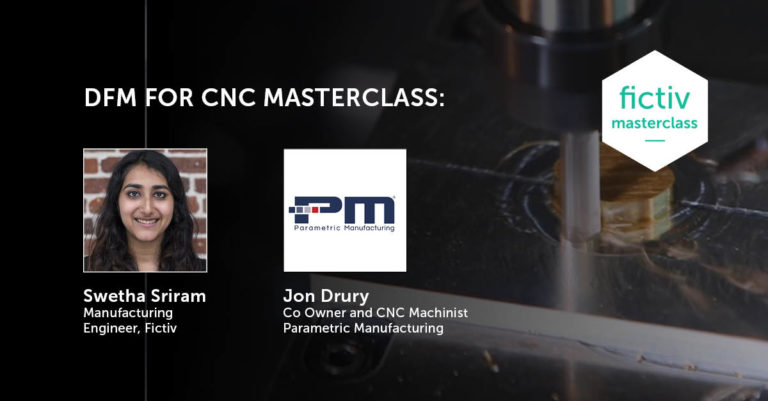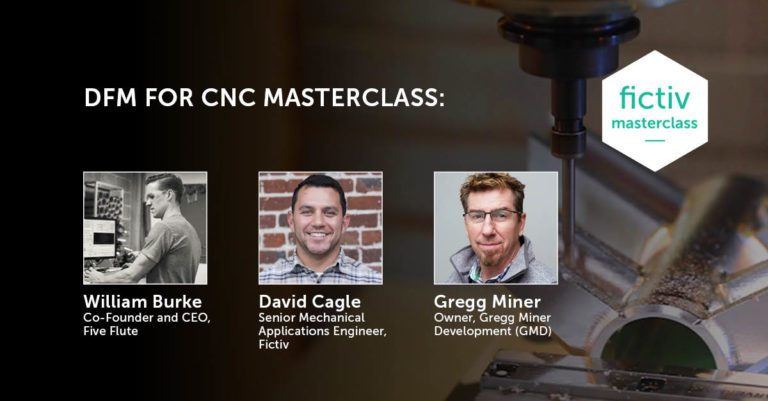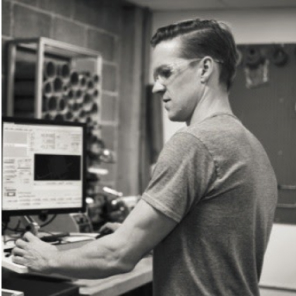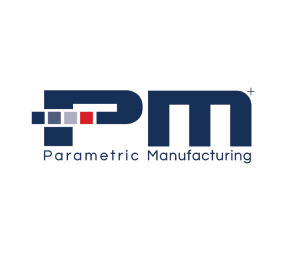Course Introduction
In bringing a new product to market, it is a progressive process to optimize mechanical designs for manufacturability. Early on, it’s critical to learn the fundamentals of what can and cannot be manufactured. But there’s another level in the learning process: how to minimize the challenge of manufacturing. Without careful consideration, it can be easy to get locked into a design that is higher cost and takes longer to manufacture.
In this three-part engineering master class series, Fictiv manufacturing engineers and experienced mechanical product design experts will teach you how to minimize the challenges of CNC machining and design parts that are cheaper, faster, and less risky to produce.

Manufacturing Design and Least Effort CNC Machining
This module introduces the “effort” model for understanding the factors that drive CNC machining cost, lead time, and risk.
Topics covered:
- The definition of manufacturing effort
- The main design parameters that affect manufacturing effort in CNC machining
- The rules for designing for least effort including: tolerance, part geometry, part size, materials, and look and feel

Design Requirements and CNC Manufacturing Effort
This module examines higher complexity designs where effort can not be minimized and techniques for reducing relative effort.
Topics covered:
- How manufacturing effort scales for the five key design paramters: tolerance, geometry, part size, material, and look and feel
- Techniques for reducing effort while still fulfilling design requirements
- Key drivers of CNC machining effort

Minimizing Effort for High Complexity Mechanical Designs
This module explores how to reduce effort in the most complex designs that appear in aerospace, medical, and robotics industries.
Topics covered:
- When design parameters transition into the max effort region
- Techniques for reducing effort, even at the edge of manufacturability.
- When to transition from CNC machining to another manufacturing process.

















